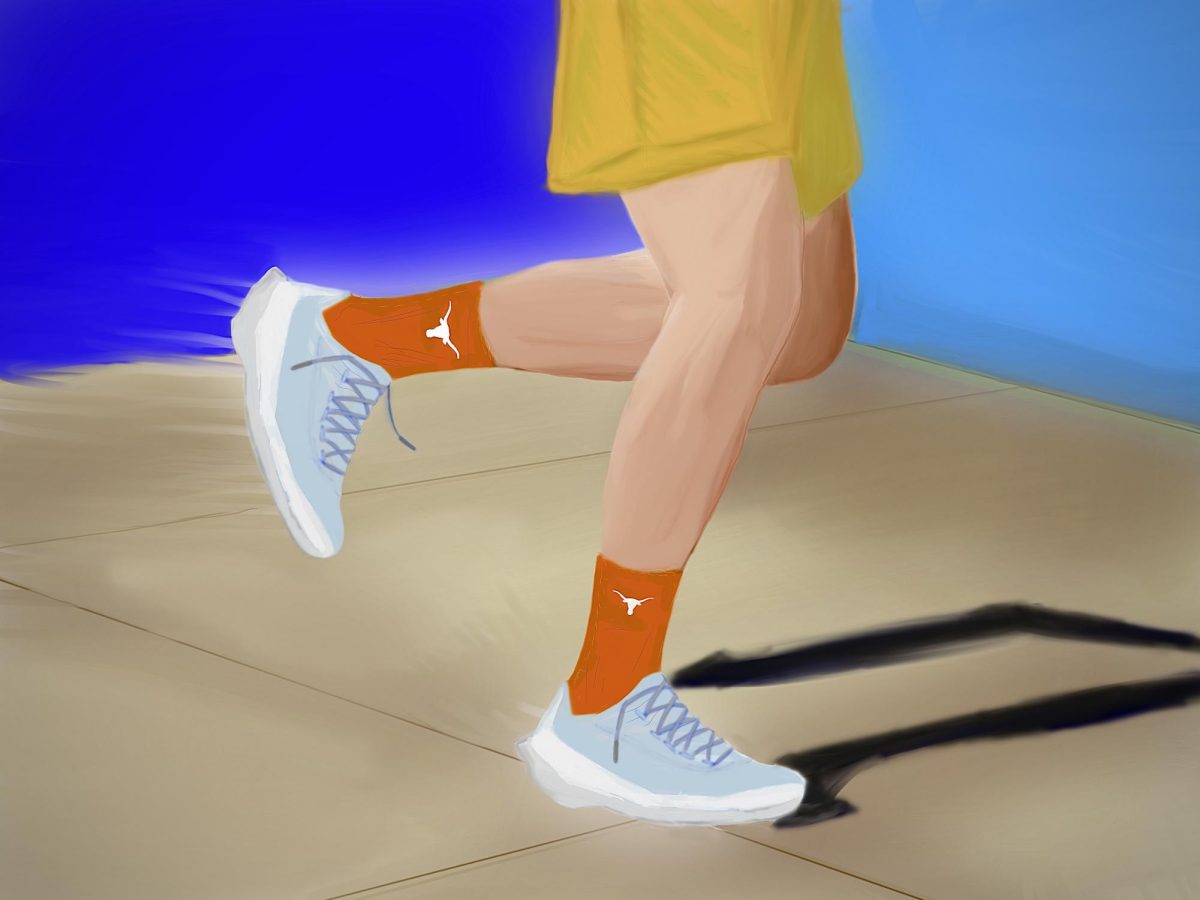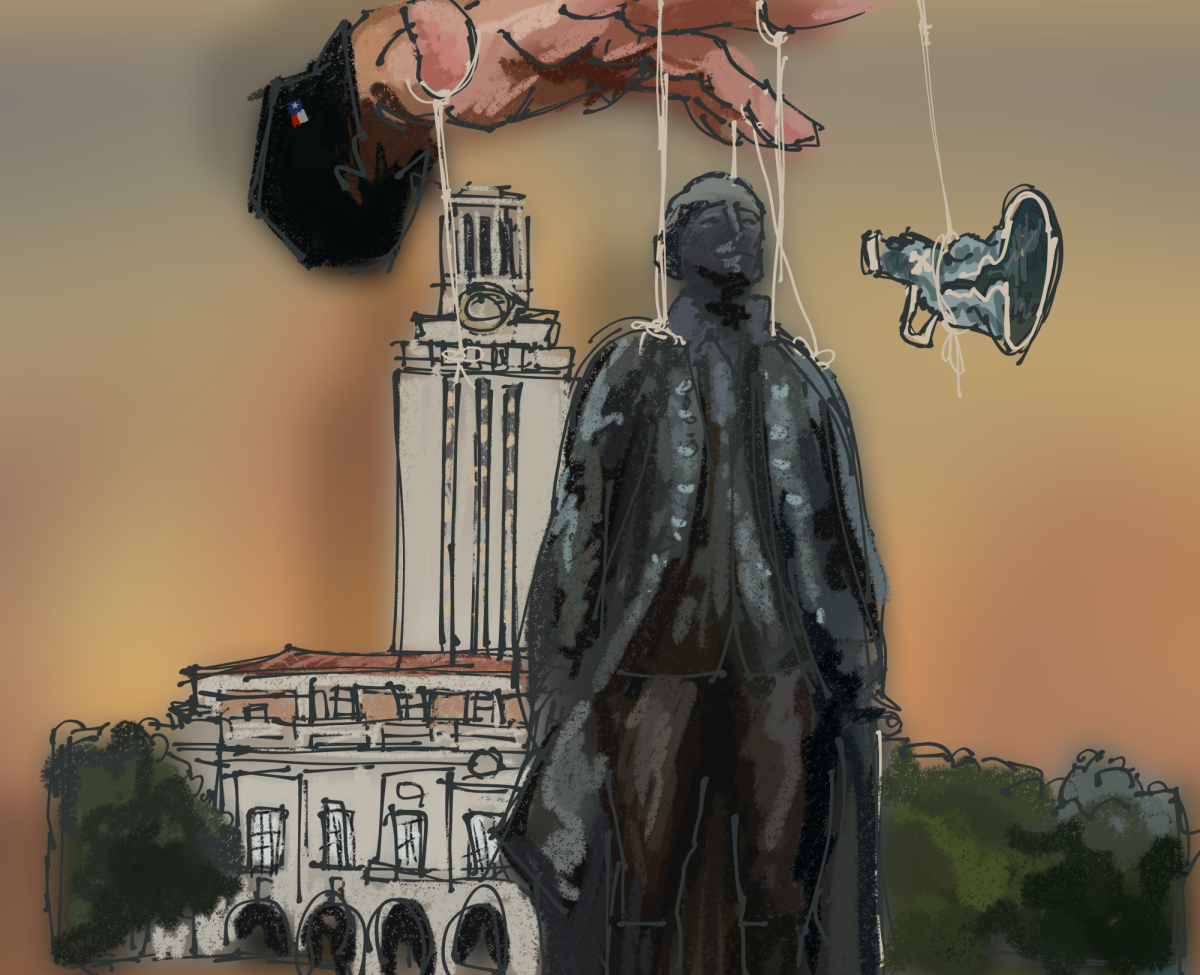Everyone has something that they’re implacably opposed to — President Donald Trump and progressive taxation, Bernie Sanders and student debt, the Vegas Golden Knights and beating the San Jose Sharks — you get the idea.
Personally, I strongly oppose dying. I firmly believe that everyone who is in danger of dying should be given the best possible opportunity to not do so, which is why I believe that Longhorn EMS should be allowed to operate on campus.
Longhorn EMS is an on-campus organization under Student Government, made up of certified, trained EMT workers. They work events like ACL and the Longhorn Run, but they are currently barred from regularly operating regularly on campus.
“There are a few issues that the University is concerned about,” media relations director J.B. Bird said. “Partly, the University has full confidence in the Austin/Travis County EMS, … and we don’t think that what’s been proposed by Longhorn EMS will better serve the University community than those systems while also ensuring the safety of student first responders.”
The thing is, Longhorn EMS can improve on the existing system.
“While Austin/Travis County EMS and Austin Fire Department really do a fantastic job providing emergency services to the city, they cannot possibly get to emergency calls as fast as an on-campus first responder program can,” said Dr. Mark Escott, medical director of Austin/Travis County EMS. “On average, on the EMS side we’re talking about an 8-9 minute response, while other campus-based emergency medical response programs have been able to achieve response times of 2-3 minutes.”
And those few minutes can literally be the difference between life and death. Survival rates after sudden cardiac arrest typically decrease by about 10% for every minute after the event without defibrillation and CPR.
Granted, EMS is a dangerous profession. These are the people who show up to stabbings and shootings, so sending UT students into these situations could put them in danger. However, other students are put in danger by not receiving EMS treatment as quickly as possible. The difference is, dangerous situations for EMS workers are fairly rare on a college campus, and EMS workers are trained to keep both themselves and their patients safe. On the other hand, there are frequent emergency calls on campus, and every single one of those calls likely could have received treatment more quickly than it did.
Campus-based EMS programs are also already set up at several major universities across Texas — UT-Dallas, Rice and A&M, to name a few. According to Escott, these organizations have been able to save people who otherwise might not have lasted until county EMS arrived.
“Polling other campus EMS programs, we haven’t been able to find any injury associated with campus-based response,” Escott said.
It’s important to also remember that Longhorn EMS wouldn’t be taking the place of municipal EMS — just supplementing it. Longhorn EMS could quickly respond to calls on campus and begin treatment while waiting for the municipal ambulance to arrive, then transfer care of the patient over to the county EMS for continued treatment.
Ultimately, these students are professional EMS workers. They’ve already assumed the responsibility of this position. Besides, preventing Longhorn EMS from working on campus isn’t shielding these students from dangerous situations — any situation they might address on campus is something they could potentially encounter in their normal line of work.
Longhorn EMS wants to operate on campus — they have been petitioning the University to let them operate for several years already. EMS workers save lives, and I want to see lives saved.
And who knows, maybe they could stop the Sharks from killing the Golden Knights again.
Thielman is a history and rhetoric and writing sophomore from Fort Worth.





















